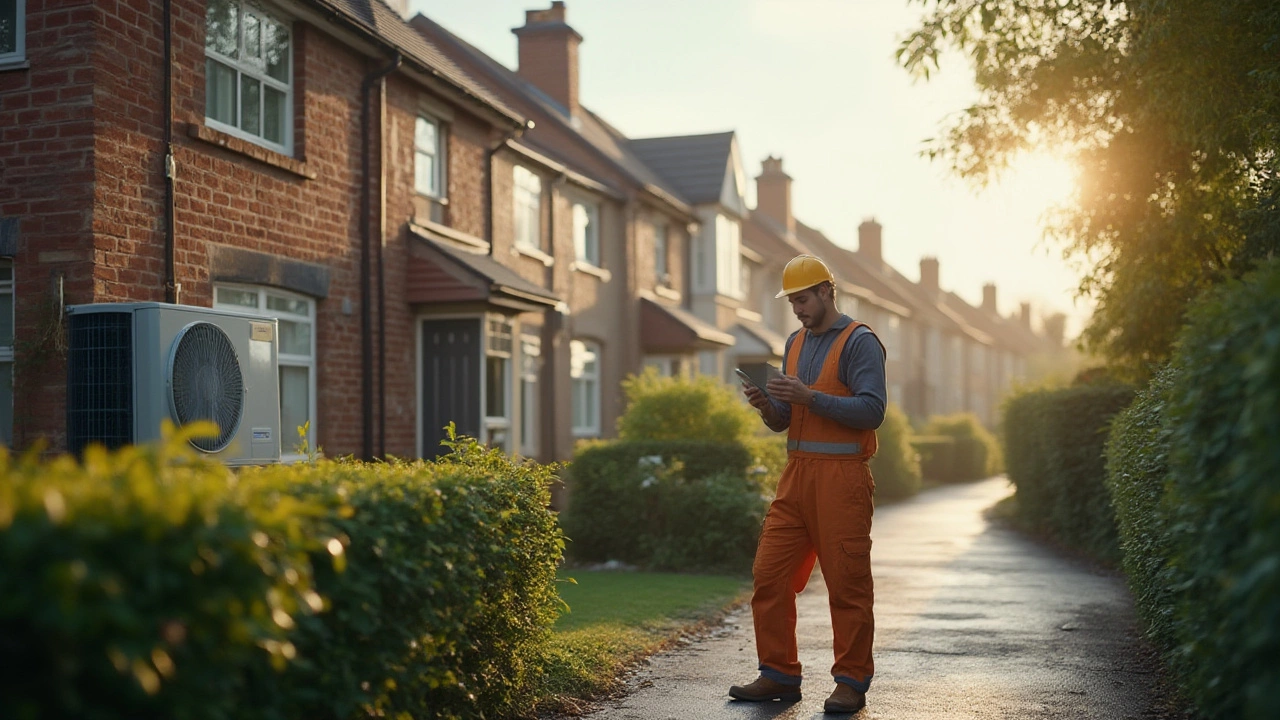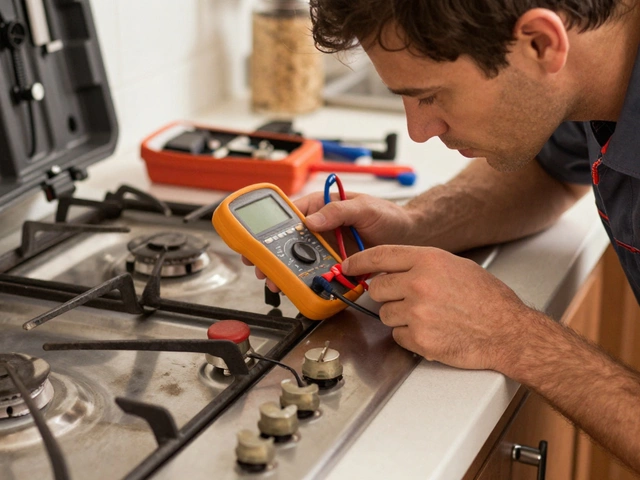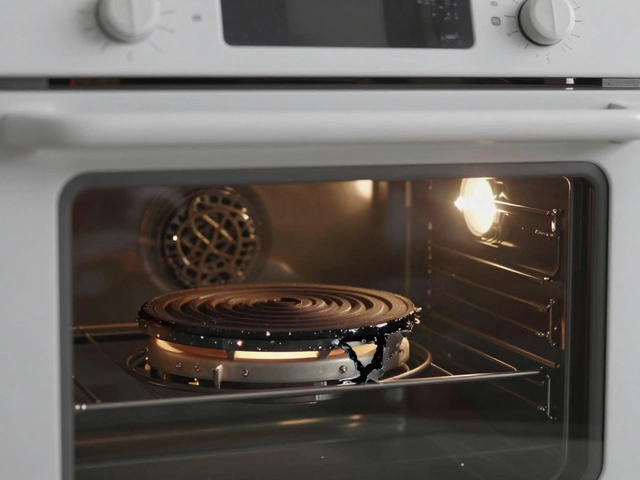HVAC Repair – Quick Help for Heating, Ventilation & Air‑Conditioning Issues
When you talk about HVAC repair, the process of fixing heating, ventilation, and air‑conditioning systems in homes and businesses. Also known as heating and cooling repair, it keeps indoor comfort at the right level.
Alongside HVAC repair you’ll often hear about heating system, the part of a building that generates warm air or water for space heating, ventilation, the network of ducts and fans that moves fresh air inside and stale air out, and air conditioning, the equipment that removes heat and humidity to cool indoor spaces. All three work together, so a fault in one often triggers issues in the others. For example, a clogged filter can strain both the furnace (heating) and the AC (cooling), while a broken thermostat can leave the whole system unresponsive. Understanding these links helps you pinpoint problems faster.
Common Problems You’ll Face
HVAC repair usually starts with a few repeat offenders. A furnace that won’t ignite, an air‑conditioner that blows warm air, noisy ductwork, or a thermostat that reads the wrong temperature are the most frequent calls. Each symptom points to a specific component: ignition coils for furnaces, refrigerant leaks for AC units, loose duct seams for ventilation, and sensor failures for thermostats. Knowing which part to check saves time and prevents unnecessary parts purchases.
Most homeowners can tackle simple fixes themselves. Replacing a worn‑out filter, cleaning the condenser coils, or resetting a tripped breaker are tasks that require minimal tools. However, working with gas lines, high‑voltage wiring, or refrigerant requires certified professionals. Attempting those repairs without proper training can be dangerous and may void warranties.
Regular maintenance is the secret sauce for a long‑lasting HVAC system. A yearly service that inspects the heat exchanger, cleans the blower, checks the refrigerant charge, and calibrates the thermostat can cut breakdowns by up to 30%. It also keeps energy bills in check because a well‑tuned system runs more efficiently.
When you schedule a service, the technician will test pressure differentials, measure airflow, and run diagnostic software. Those steps create a clear picture of system health, making it easy to decide whether a small repair or a full replacement is the better investment. Often, a minor part like a fan motor or a pressure switch is the culprit, and fixing it extends the life of a 10‑year‑old unit by several more years.
If you notice uneven temperatures across rooms, the issue is likely with ventilation. Leaky ducts, blocked registers, or an improperly sized system can create hot spots and cold spots. Sealing ducts with mastic or installing a zoning system can balance airflow without costly overhauls.
Thermostat troubleshooting is another quick win. Many modern thermostats offer self‑diagnostic codes that point directly to the problem—be it a dead sensor, low battery, or communication error with the HVAC controller. Updating firmware or swapping batteries often resolves the issue on the spot.
All these topics—heating system quirks, ventilation challenges, air‑conditioning glitches, and thermostat tricks—are covered in the articles below. Dive in to see detailed step‑by‑step guides, cost breakdowns, and when to call a pro, so you can keep your home comfortable all year round.


